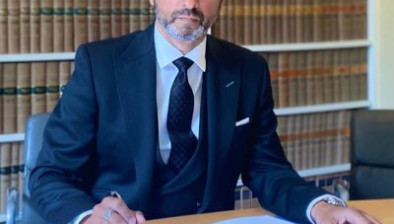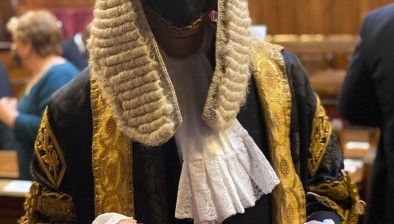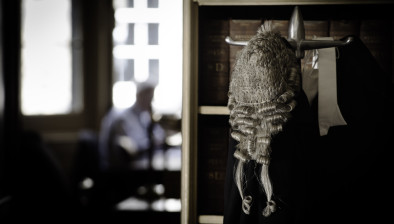Letter: Court dress – informality is not necessarily progress

Bryan Heaney
Dear Editor,
I see that the Sheriff Principal of Glasgow and Strathkelvin has decided that, for most civil court hearings, court dress will no longer be worn. In my view this is regrettable.
There is some muddled thinking about court dress. Either it lends dignity and gravitas to proceedings, or it does not. It is either ridiculous and embarrassing, or it is not. If it is appropriate in the High Court, it is appropriate to the sheriff’s ordinary court and the Court of Session – or do those not benefit from dignity and gravitas?
The benefits and advantages of uniform are acknowledged in many workplaces. The different uniforms of judges and pleaders are apt to a workplace where people are playing particular roles. Informality is not necessarily progress. Civil court proceedings are supposed to be formal and dignified. They are not just a chat.
I can see that the judges and sheriffs might be fed up with the uniform. Younger pleaders are generally, it seems, not. That is no surprise because court dress gives many of the younger members of the professions a feeling of belonging and confidence. It identifies them in the court and in court buildings.
The particular dress, like most uniforms, is a matter of historical accident. If judges and sheriffs don’t like the uniform, the solution is the one-piece robe worn in Europe and the United States; black for sheriffs, and in the appropriate colour for the Court of Session, both worn with a fall. As for the wig, a court wig is simply a hat and hats form part of many uniforms. I note that the academic velvet cap is popular with the unfailingly modern and progressive Lady Hale.
Bryan Heaney








